Your question is quite basic and broad, so answers will be accordingly. But I'll try. Also, use other resources than this forum, and read up on what voron is and isn't.
That said, let's start the fun part!
How feasible is my approach?
It is quite feasible to print multiple identical parts in one session. Just copy it multiple times on the build plate. This approach is of course limited by the size of the the plate and the part.
It is also likely that the production time increases proportionally with the amount of copies. This is diffrent from e.g. resin printing where each layer takes approximately the same time.
Another techniqe used in FDM printers is the use of multiple printheads on one axis (IDEX) this makes it possible to print two (identical) parts at the same time.
A third method is to use multiple printers at the same time, this makes for a very flexiple so called "Print-Farm"
Can we consider FDM for mass manufacturing?
FDM is used in mass manufacturing... within it's limits. Usually in print farms or for prototyping. This is used e.g. by Prusa to make parts for its printers.
As Voron Printer's part are printed with abs materials. Does Voron manufactures the part one at a time or multiple parts at a time?
First of all, Voron is not a company that produces fysical printers*... Parts are manufactured by members of the community or companies that print and sell parts. The parts are FDM-printed. They are usually laid out in "Trays" so that different parts are printed in one go, some can be identical, but usually it's a mixture, depending on how well they fit on the plate. The idea is that you just start one print-job and "let-her-rip" as few times as possible (that is until you get up in the morning and find a wonderful printout of cotton-candy-spaghetti..)
If multiple parts are printed at the same time what are critical observations?
In the beginning of FDM printing there were problems with "oozing" and parts detaching from the bed because they are being "bumped" when the printhead moves to a new part. Techniques like retraction and z-hop have made this a very minor issue.
Parts can still detach, but a good 1st layer, propper surface (even using surface additives like glue-stick), temperature and cooling/enclosure will lower the likelyhood.
I hope you got some answers.
OH.. and if you use this info on your thesis remember this: I'm just a "faceless" person on the internet.. I am probably wrong!
Good Luck!
*I'm not counting the beginning..

